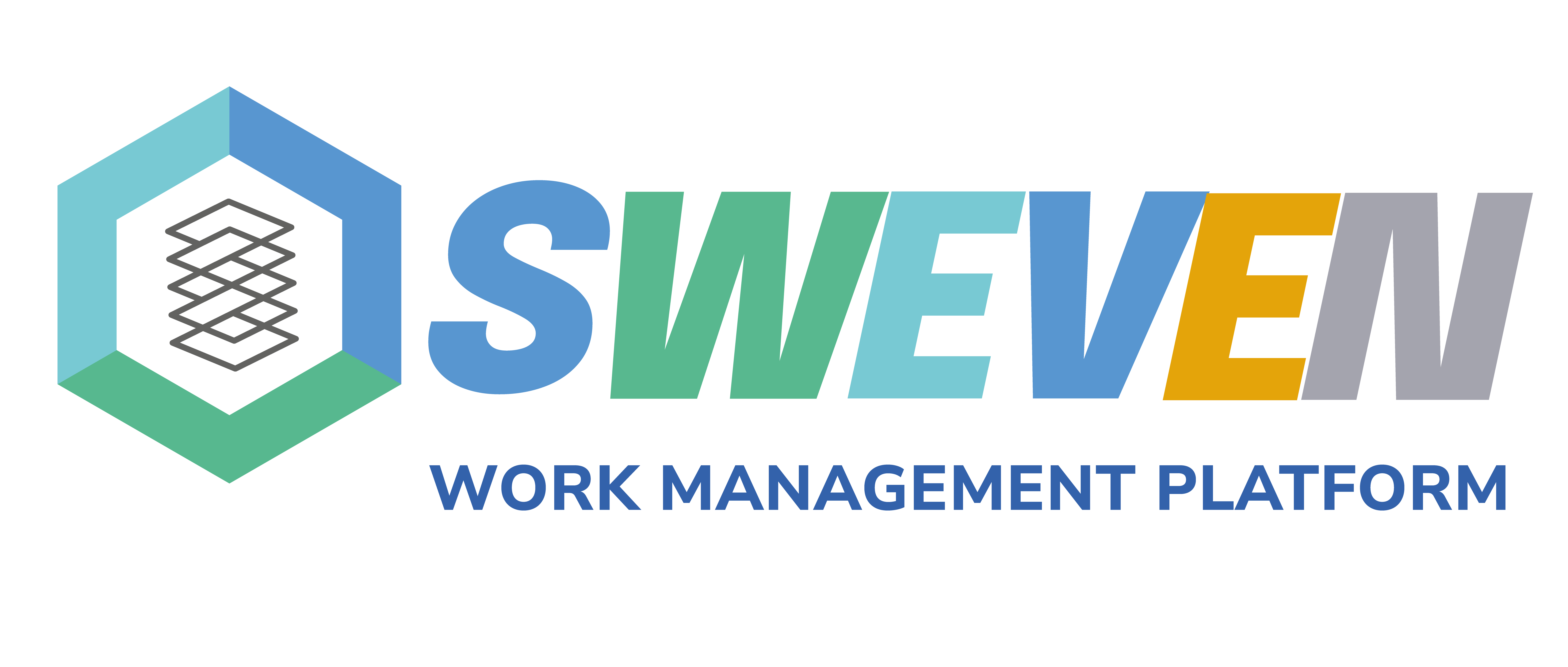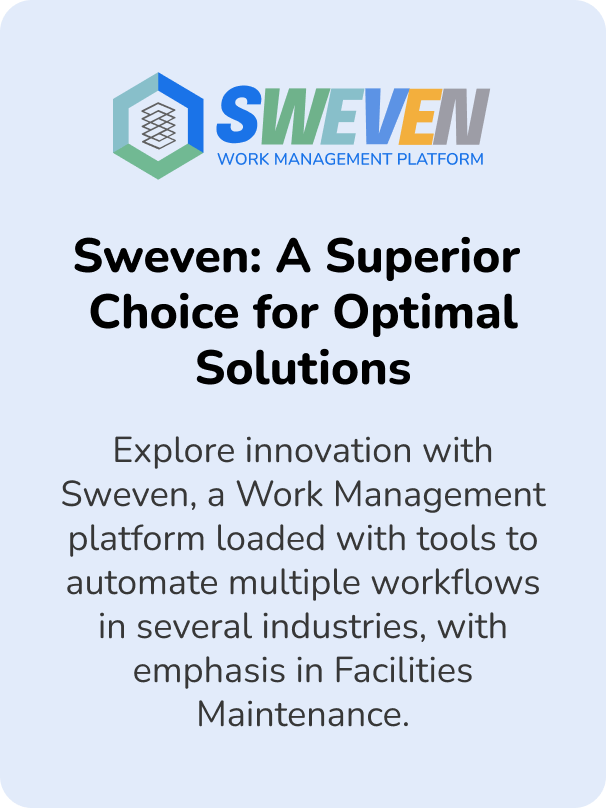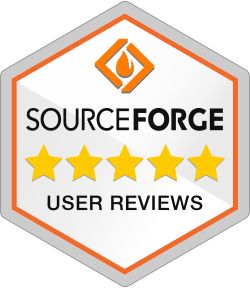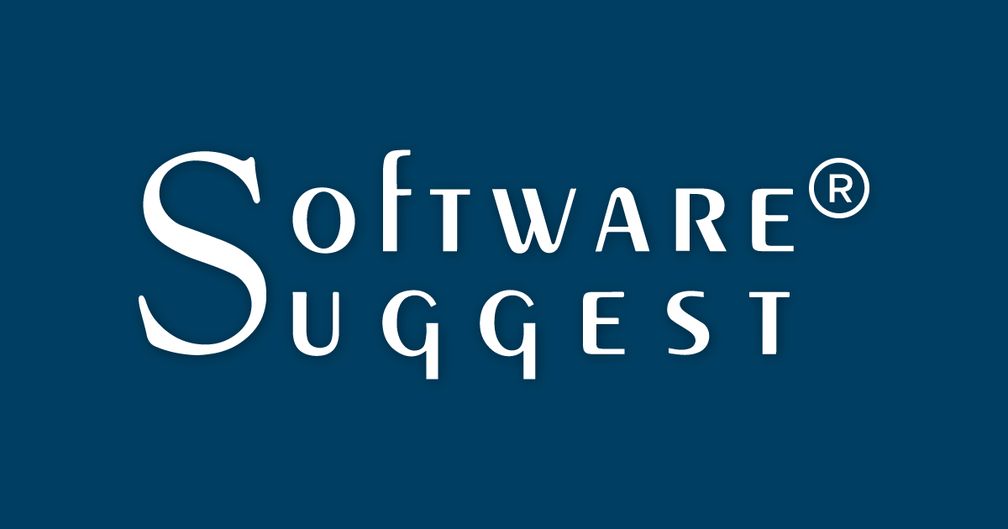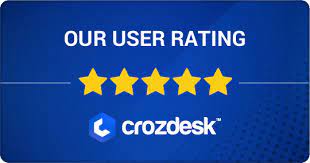In the intricate dance of business operations, maintenance activities often pose a challenge, potentially causing disruptions that ripple through the entire organization. However, with a strategic scheduling system, organizations can not only mitigate disruptions but also foster a seamless and disruption-free vendor management process. Let’s explore how strategic scheduling, aligned with operational needs, becomes the blueprint for efficiency.
The Impact of Disruptions in Vendor Management
Maintenance activities are essential, but their untimely execution can lead to disruptions, affecting regular business operations. The challenge lies in finding a balance between maintaining equipment, systems, and spaces and ensuring minimal interference with daily workflows.

Enter Strategic Scheduling
Strategic scheduling is the key to harmonizing maintenance activities with organizational operations. It involves meticulous planning, considering the ebb and flow of business, and aligning maintenance tasks with off-peak hours.

Prioritize Off-Peak Hours
One of the fundamental principles of strategic scheduling is prioritizing off-peak hours for critical maintenance. By identifying periods of low business activity, organizations can conduct maintenance tasks without impeding regular operations. This approach minimizes disruptions, ensuring that employees can carry out their tasks seamlessly.
Communication is Key
Transparent communication is the linchpin of successful strategic scheduling. Organizations must communicate maintenance schedules well in advance, keeping all stakeholders in the loop. This not only sets clear expectations but also allows teams to plan around scheduled maintenance, further minimizing disruptions.

Leveraging Technology for Efficiency
Technology plays a pivotal role in enhancing the efficiency of strategic scheduling. Organizations can leverage advanced tracking and coordination tools to manage maintenance activities seamlessly. These tools provide real-time updates, allowing teams to monitor progress and make informed decisions.
The Benefits of Strategic Scheduling
- Minimal Disruptions: Strategic scheduling ensures that maintenance activities have minimal impact on regular business operations, promoting a smooth workflow.
- Optimized Resource Allocation: By aligning maintenance with off-peak hours, organizations can allocate resources efficiently, maximizing the effectiveness of maintenance tasks.
- Enhanced Employee Productivity: Employees can work without interruptions, boosting productivity and preventing unnecessary downtime.
- Cost Savings: Efficient scheduling can lead to cost savings by reducing the potential for emergency repairs and minimizing the impact on overall operations.

Embrace Strategic Scheduling for Vendor Management Success
In conclusion, strategic scheduling is not just a strategy; it’s a philosophy that aligns maintenance activities with organizational needs. By prioritizing off-peak hours, communicating effectively, and leveraging technology, organizations can create a disruption-free vendor management process.
Embrace strategic scheduling as the cornerstone of your vendor management success. Ensure that maintenance activities not only uphold the integrity of your infrastructure but also contribute to the seamless functioning of your organization. The path to an efficient and disruption-free vendor management process begins with strategic scheduling – a commitment to balance maintenance and operations harmoniously.
